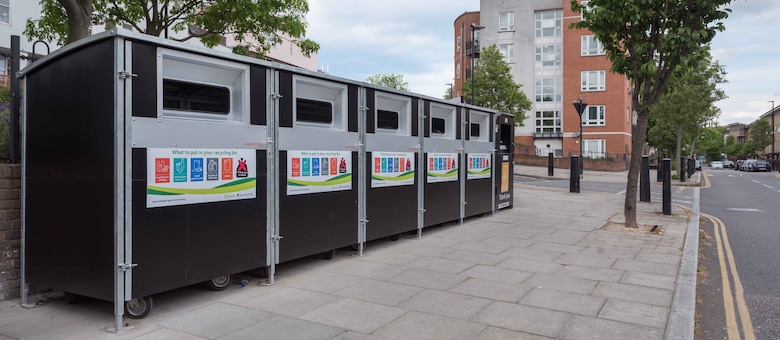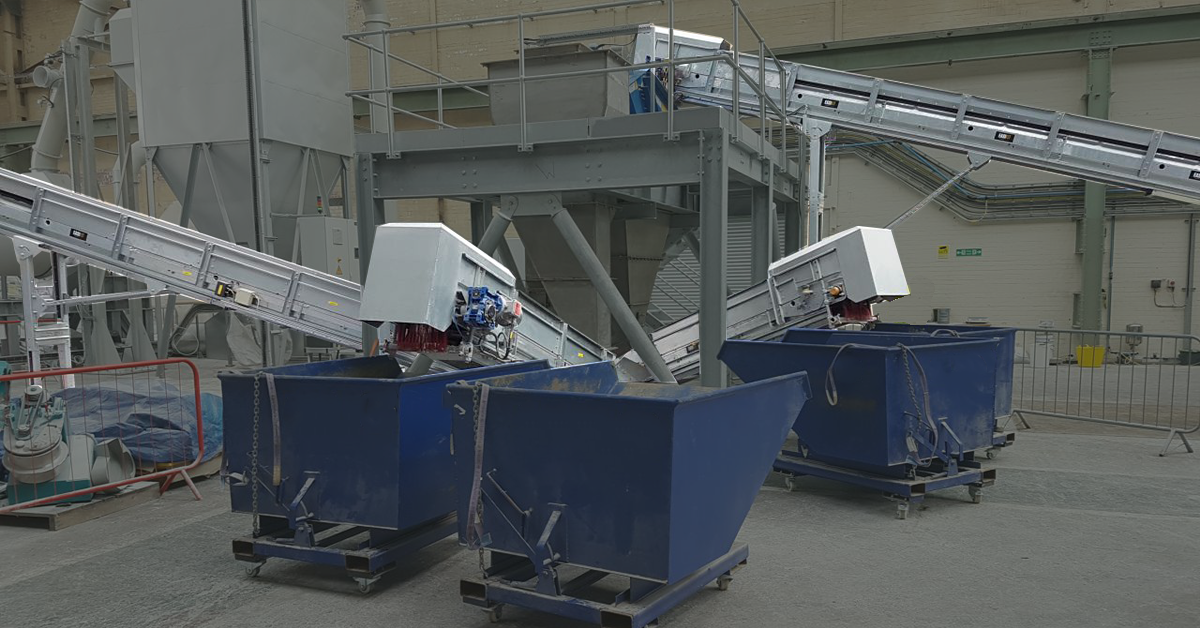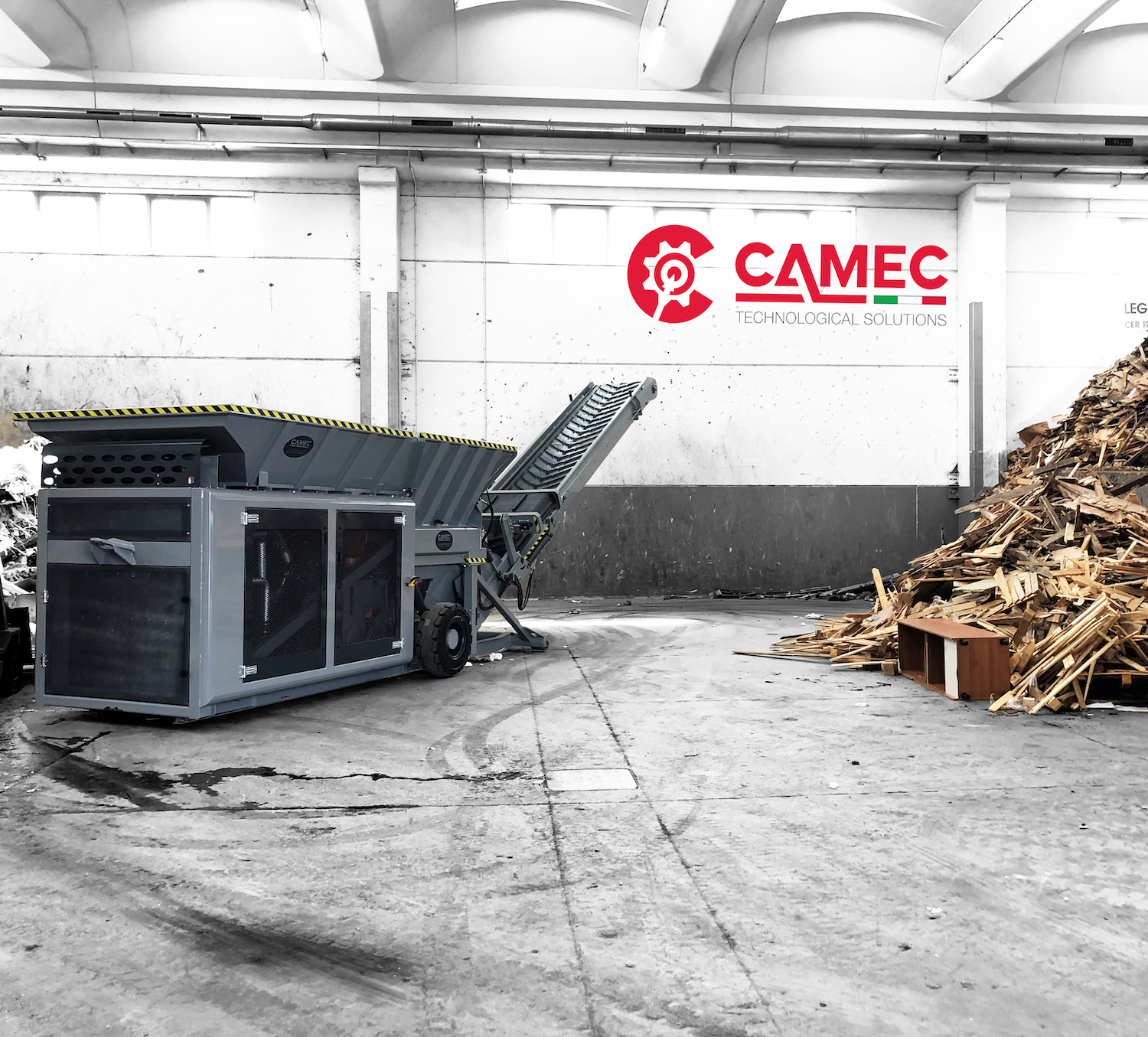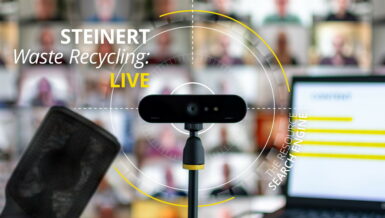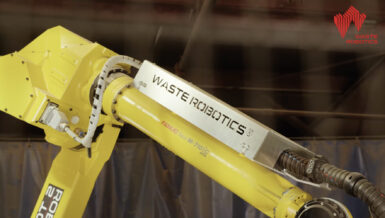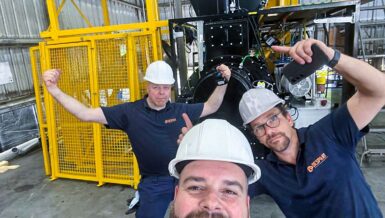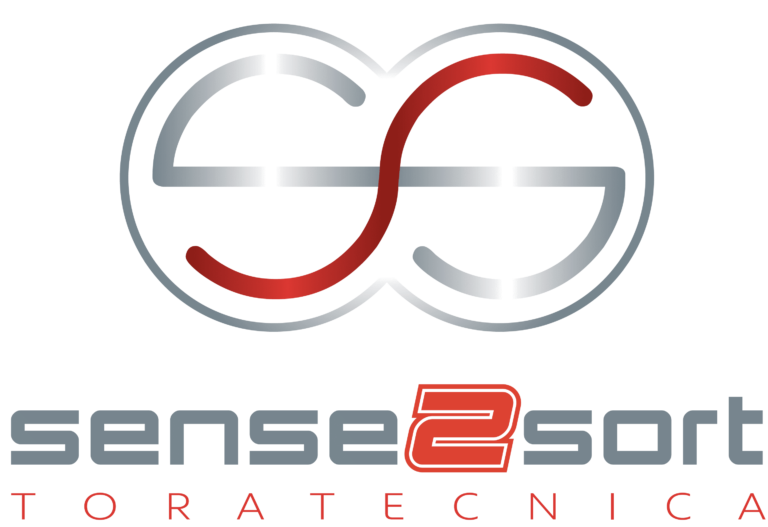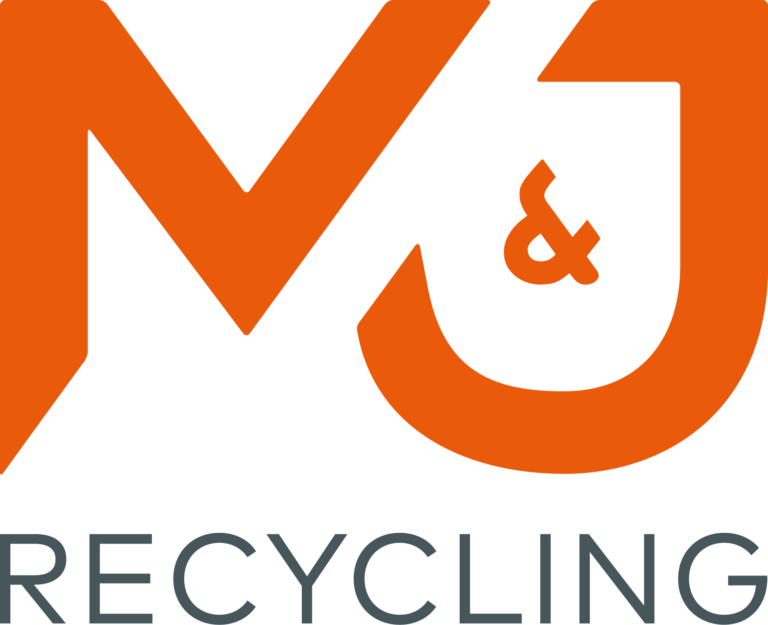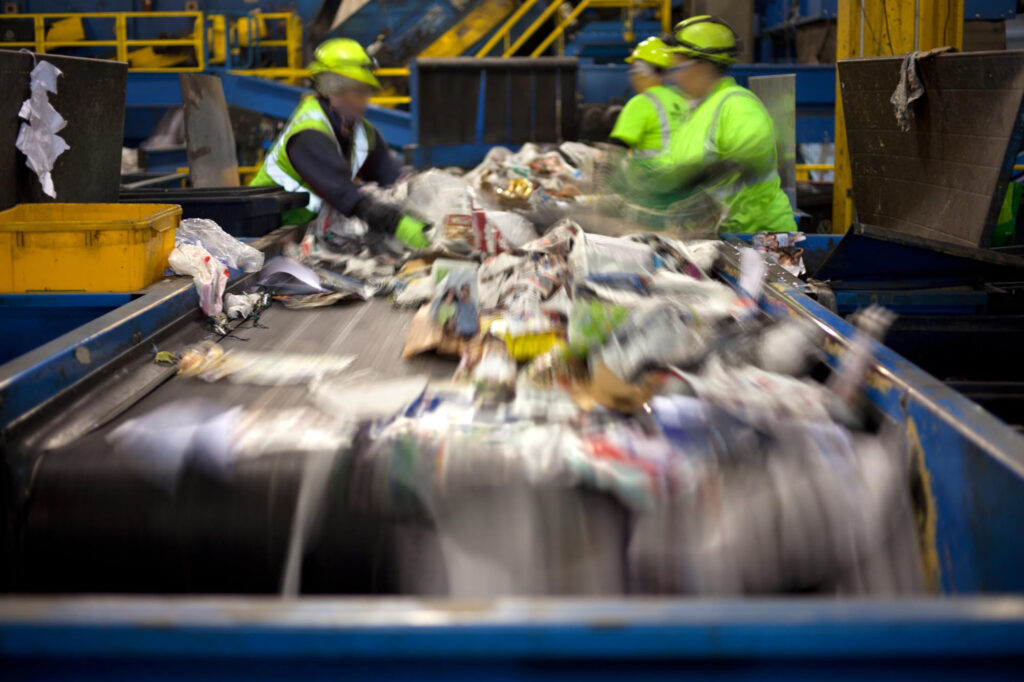With purpose-built flats making up 37 percent of London’s residential accommodation and this expected to climb to 46 percent by 2030, finding solutions to increasing recycling for this style of property is key to boosting rates in the Capital.
The Flats Recycling Project is one initiative working to tackle the issue. Led by Resource London, it has partnered with Peabody Housing Association and eight inner London Boroughs to explore solutions. Whilst the national average recycling rate is around 44 percent, they found that the rate from 12 estates surveyed was just 10.7 percent, with some sites also having high levels of contamination of recyclables.
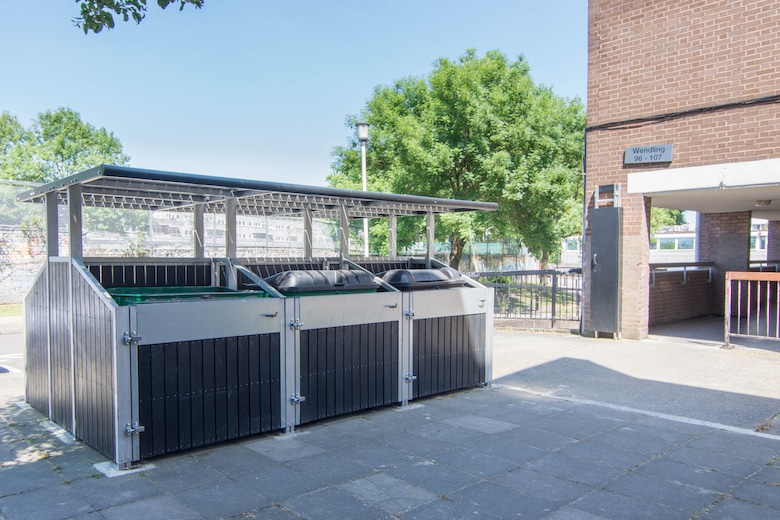
They have identified the primary objectives are to provide more recycling facilities at accessible locations with much clearer signage and enhanced communication with residents. We welcome these findings and would reinforce them with further points from our experience, having resolved such challenges on thousands of blocks across the country in the last six years:
- Many blocks of flats still have bin chutes; apart from issues with blockages, odor and fire risk if not maintained correctly, chutes actively discourage recycling because it is so much easier to place recyclables straight in the chute rather than make a trip to recycling bins outside.
- The first objective should, therefore, be to ensure recycling bins are as accessible as possible, preferably close to the main access path where residents frequently walk. Bins should be located within 35m horizontal travel distance of residents’ front doors for convenience but within 10m of the kerbside for emptying.
- Such accessible locations can present issues in terms of fire risk and visual impact, with consideration needing to be given to the 5m distance that needs to be maintained from dwellings, and secure but attractive bin housings such as those from metroSTOR are a great way of achieving this.
- Housings also present a viable solution to communal bin areas that are no longer fit for purpose due to changes in recycling practices and reduced collection frequencies, often resulting in overflowing bins and fly-tipping creating an arson hazard as well as antisocial behavior and vermin problems.
- Ease of use is essential to optimize recycling participation, there should be clear signage and lighting to make it simple for residents to identify the correct bin and it is vital there is are physical means of preventing accidental contamination between waste and recyclable containers
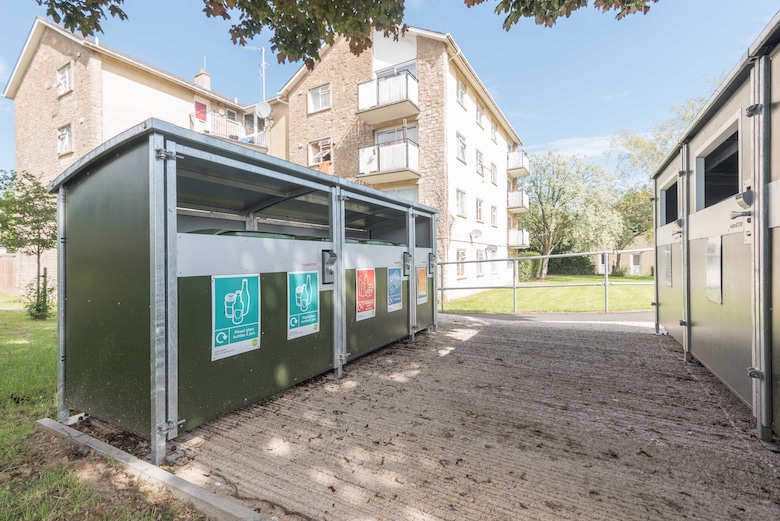
metroSTOR is working with more than 150 local authorities and housing associations with products that boost recycling rates and eliminate cross-contamination, while also reducing fire risk, litter, fly-tipping and anti-social behavior. To find out more visit metrostor.net

